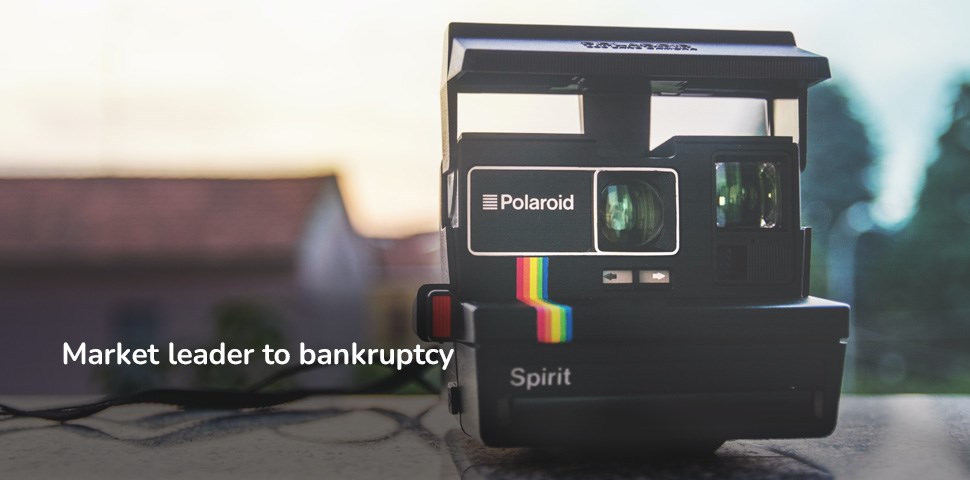You've nailed the big idea; your product will be the next Uber of Whatsit, and you're already fantasizing about joining Jeff Bezos and Elon Musk's space race… but somehow, you haven't taken off quite the way you expected.
The first and most important reason for any new product is to provide value to a customer by solving a personal, business, or social need. You can have a ground-breaking, high-quality product, but if it doesn't solve a customer pain point, you'll get about as much interest as an electric car during stage 6 load-shedding.
A while ago, we wrote about digital marketing being a grudge purchase for most clients, despite many clients acknowledging its importance. We made the point that if digital marketing is implemented with the right metrics, it can provide real-time information on your customers' online behaviour and how they interact with your brand. You can use this data to improve your ROI and make data-led decisions that help you reach your customers more effectively.

However, digital marketing is only effective if you're selling something your customers want to buy. As Seth Godin puts it, "Don't find customers for your products; find products for your customers." This thinking has profoundly impacted our business strategy at Firewater and continues to inform everything we do internally and for our clients.
Polaroid is best known for its iconic Polaroid cameras that were able to produce an instant image in a time when instant gratification, well, wasn't particularly instant. Unfortunately, the company fell into the so-called "success trap" when it failed to anticipate the impact of digital photography on its market.
For decades after World War II, Polaroid was the market leader in photography. Polaroid's R&D department had been investing in digital photography since the 1960s, and by the 1970s, the company had 15% of the US camera market. By 1989, digital imaging accounted for 42% of the company's R&D budget, and the company had filed dozens of digital imaging patents. In the late 1990s, Polaroid was the top seller of digital cameras.

Despite all these market advantages, Polaroid went into bankruptcy in 2001 because they were concentrating on finding customers for their existing products rather than finding products for their customers.
The company bounced back thanks to its merger with The Impossible Project, a start-up that reinvented Polaroid for the Instagram generation and no longer limits itself to purely analogue technology. Polaroid has always been a brand that inspires creativity and is associated with fun times and social connections. Leveraging its brand nostalgia, the move into the music space feels like a natural progression while embracing new technology on its own terms with its new range of Bluetooth speakers and Polaroid Music app.
At the heart of the new endeavour is "an experimental music discovery service" called Polaroid Radio. Designed to counteract the encroaching world of algorithmic selection that is eroding the art of curation, Polaroid Radio "puts radio back in the hands of real people". A traditional radio-style station! How retro—just like having a camera that isn't your phone.

"Polaroids R&D and marketing budget could probably purchase a Karpowership, so how can my business find that elusive golden goose on a fraction of the budget?" you say. Well, first, you need a comprehensive understanding of your market. That's where we come in. With the data we collect from digital marketing campaigns, we can clearly understand what our customers want to see more of and understand their pain points in getting there.
If you invest in digital marketing campaigns, there's a wealth of data that can be utilized for more than "just" marketing. At Firewater, we've used the data collected over the past two decades to evolve from a web development company into a full-stack digital agency by identifying our client's needs for online visibility rather than merely online real estate. We cover all aspects of digital marketing, from strategy to digital audits and implementation.
Reinvent yourselves; contact us for a comprehensive analysis of your digital requirements.




